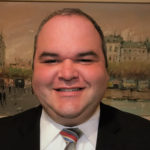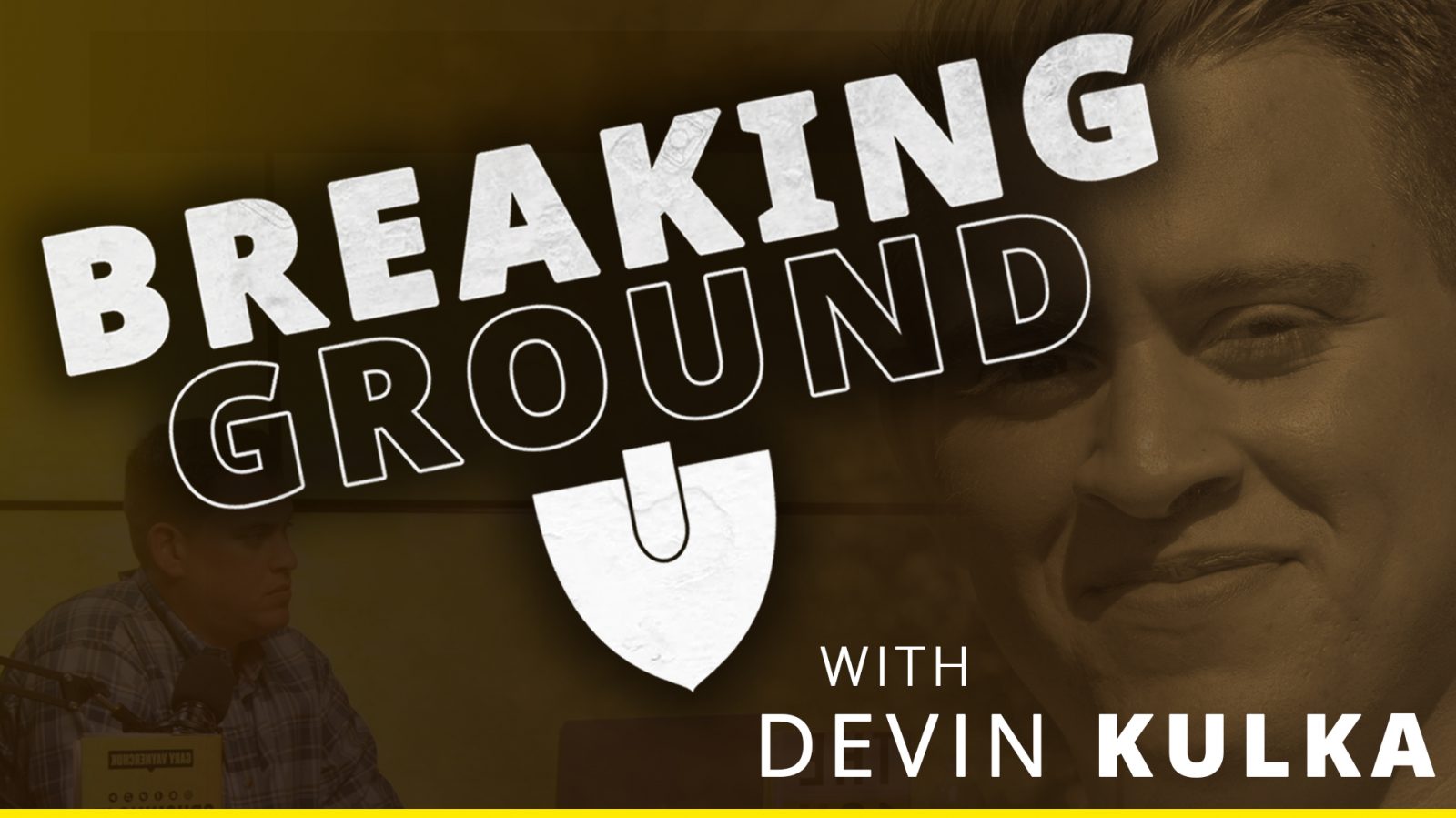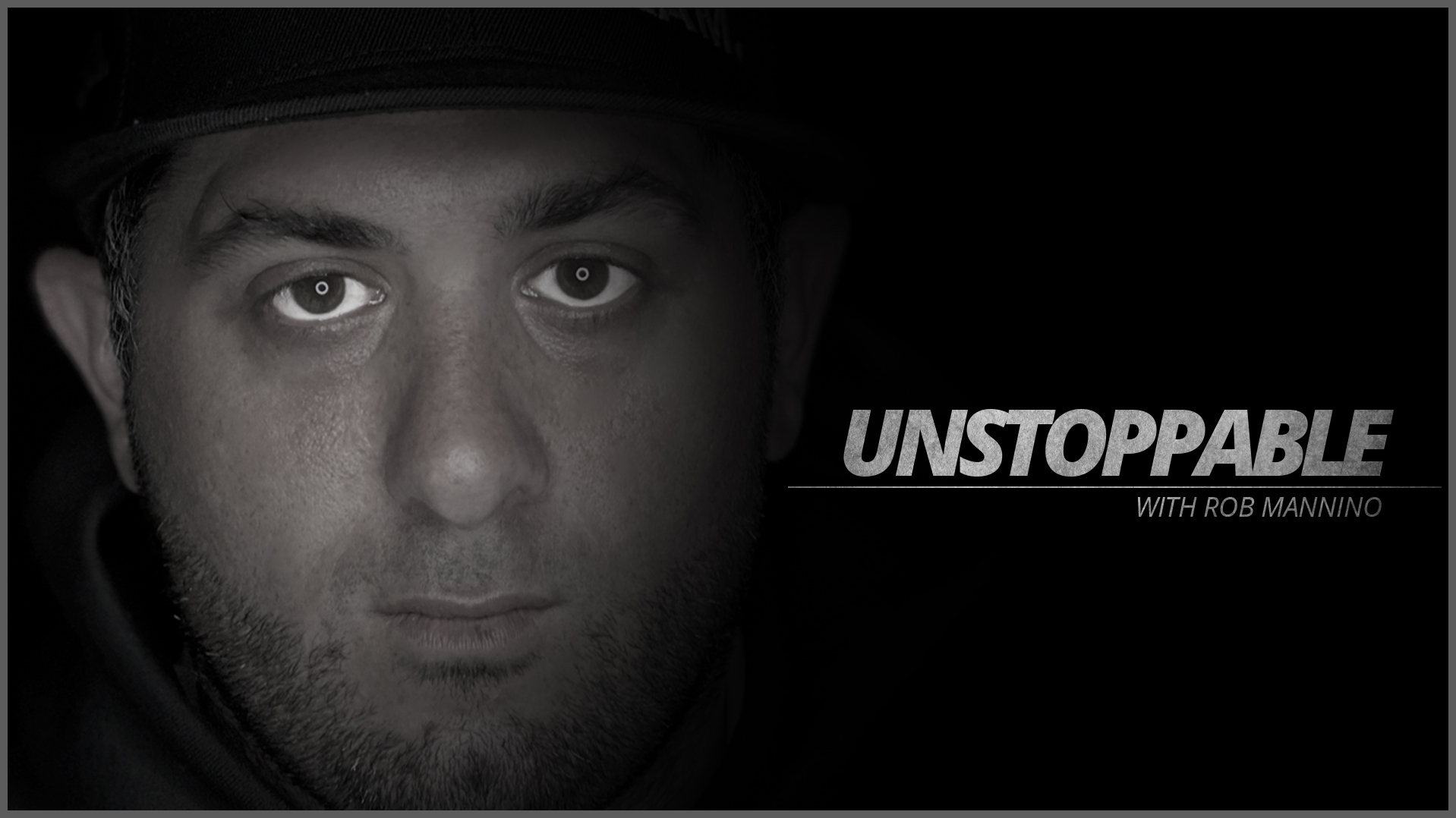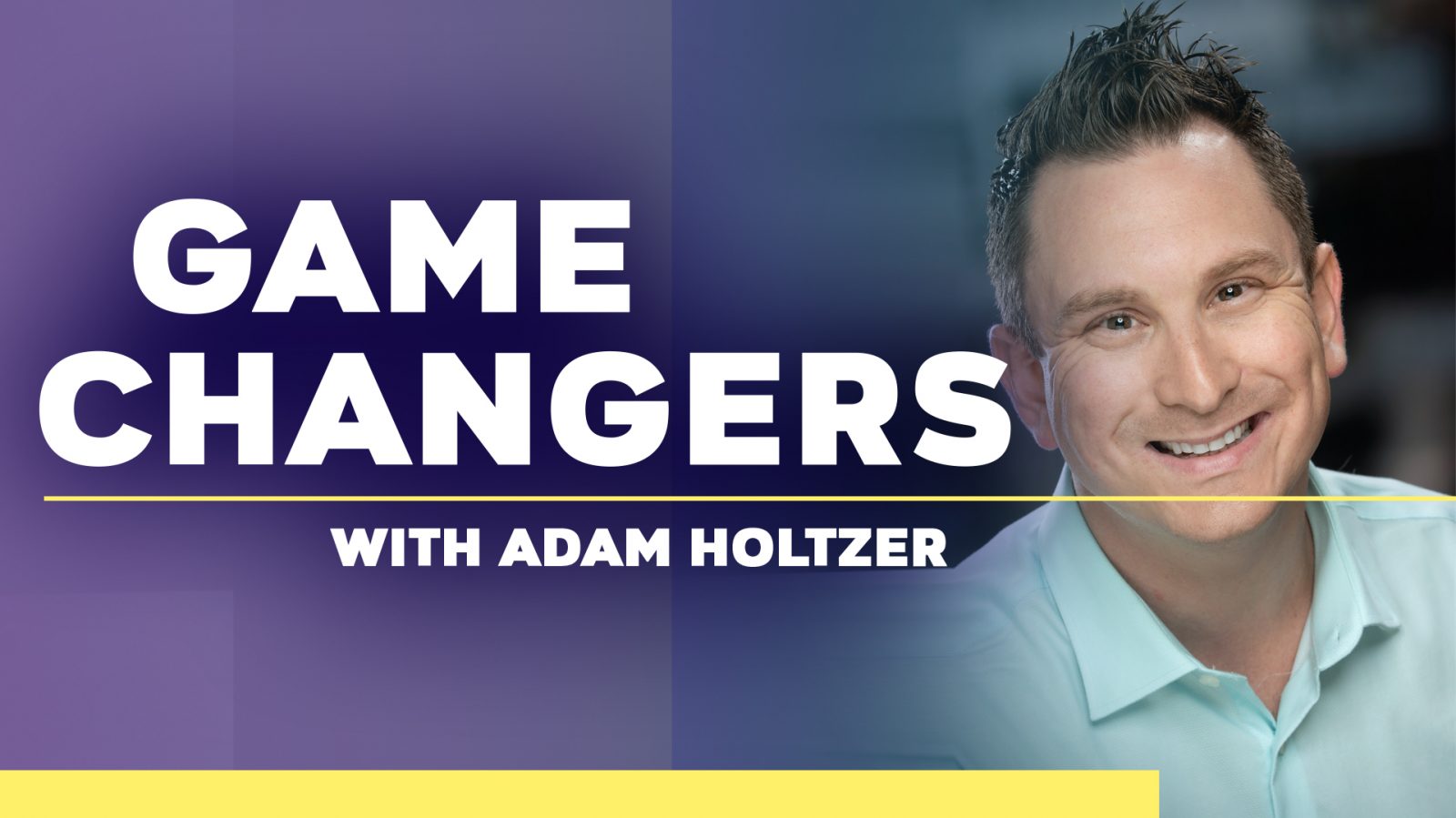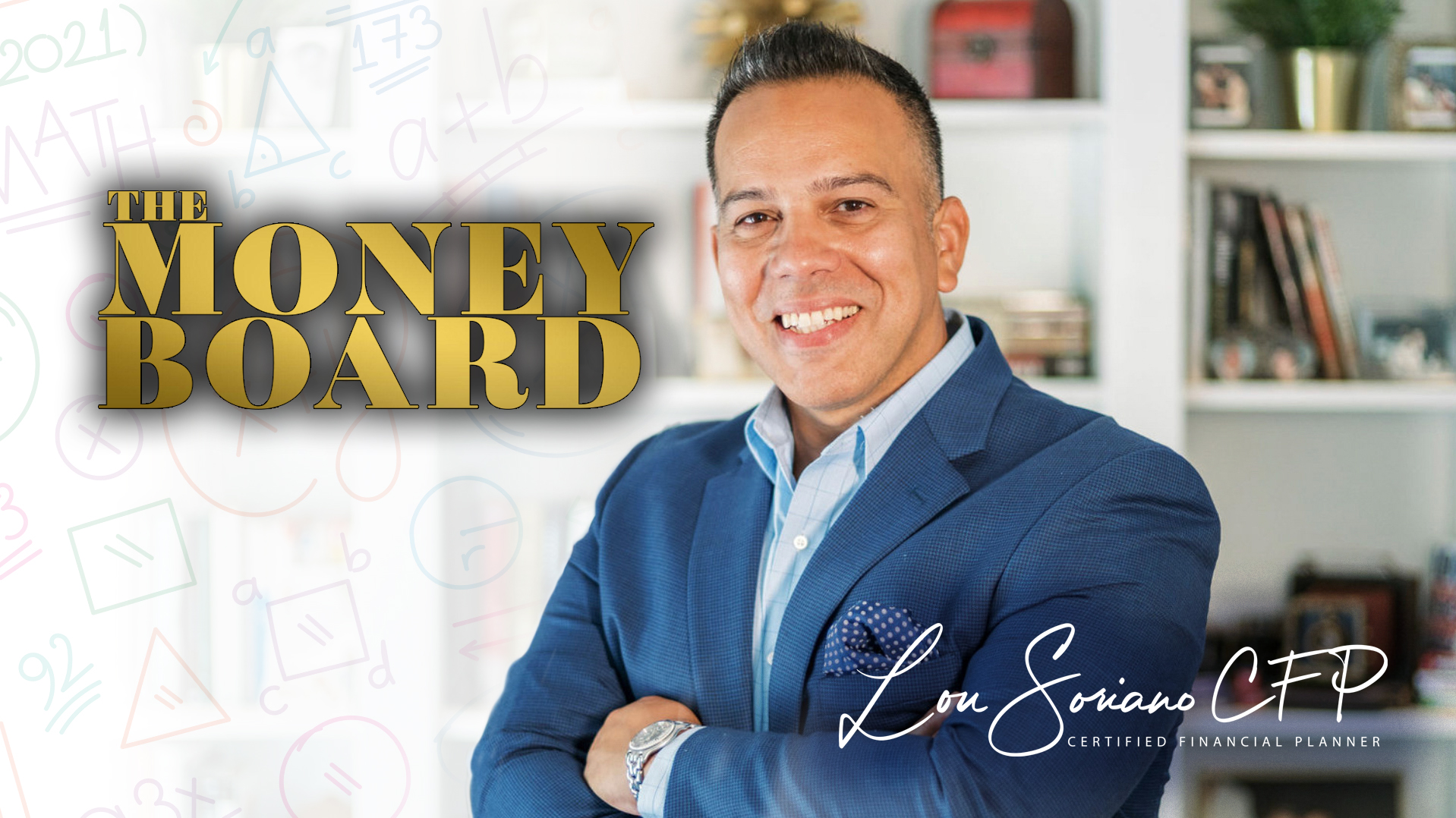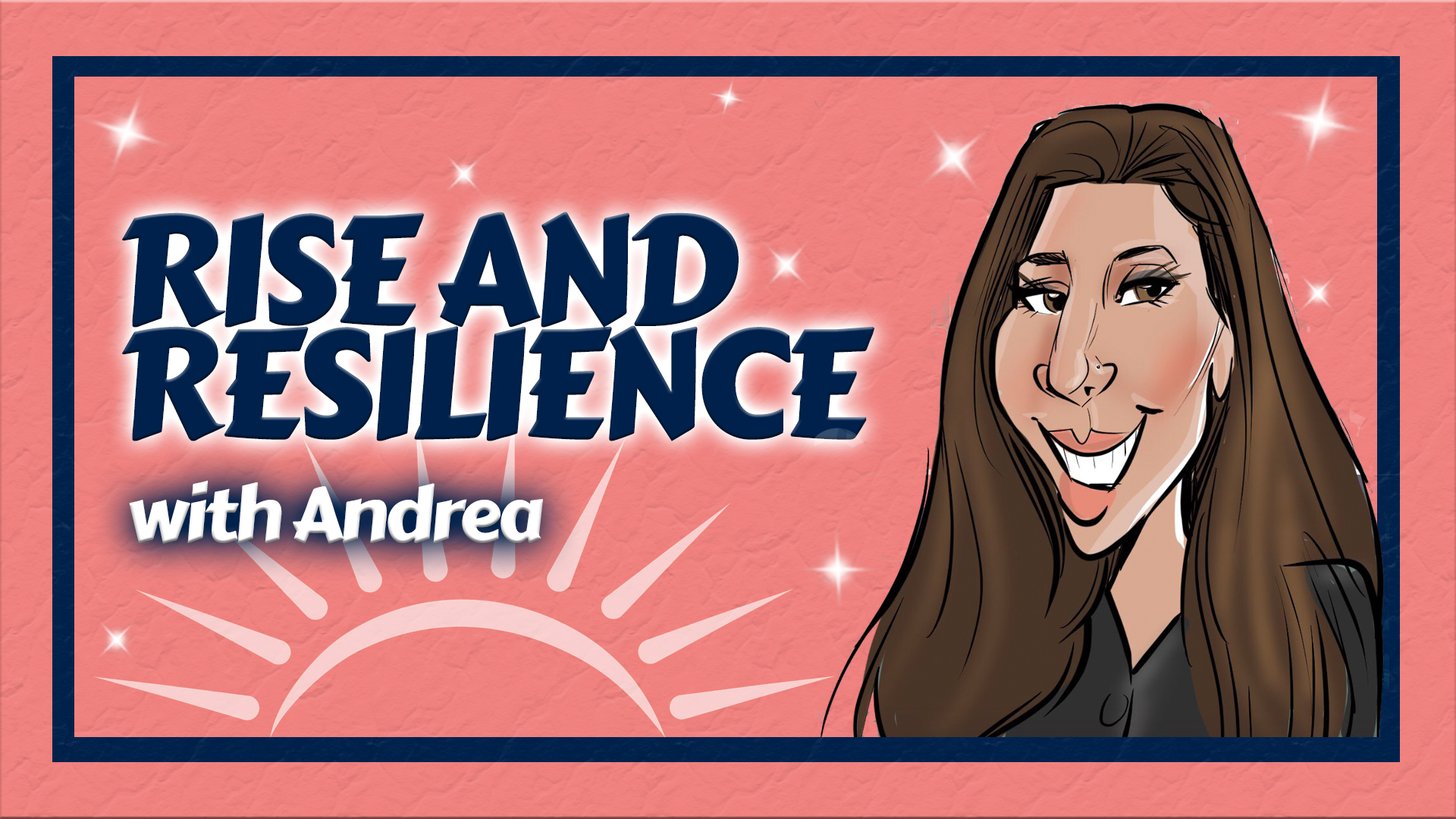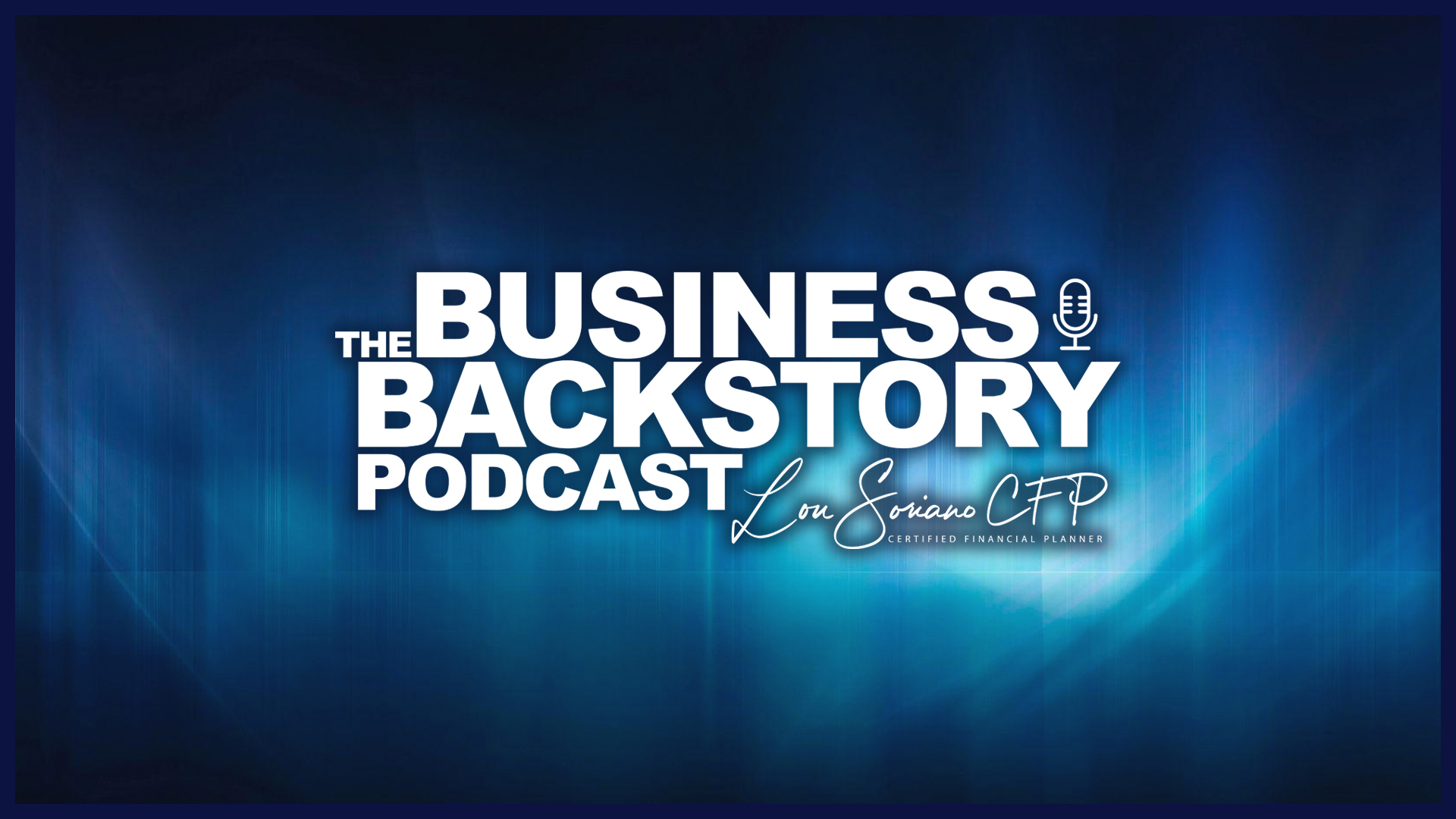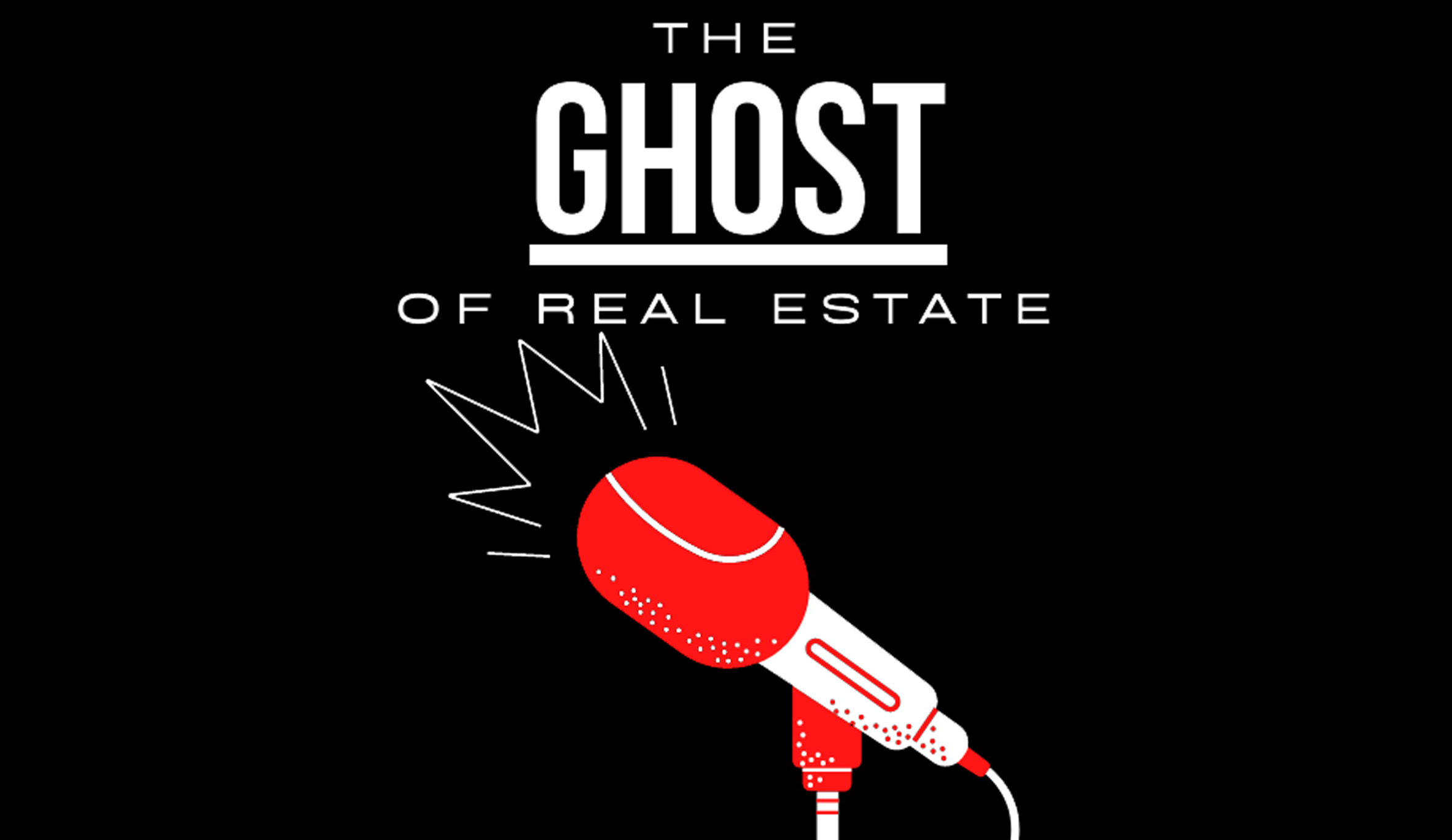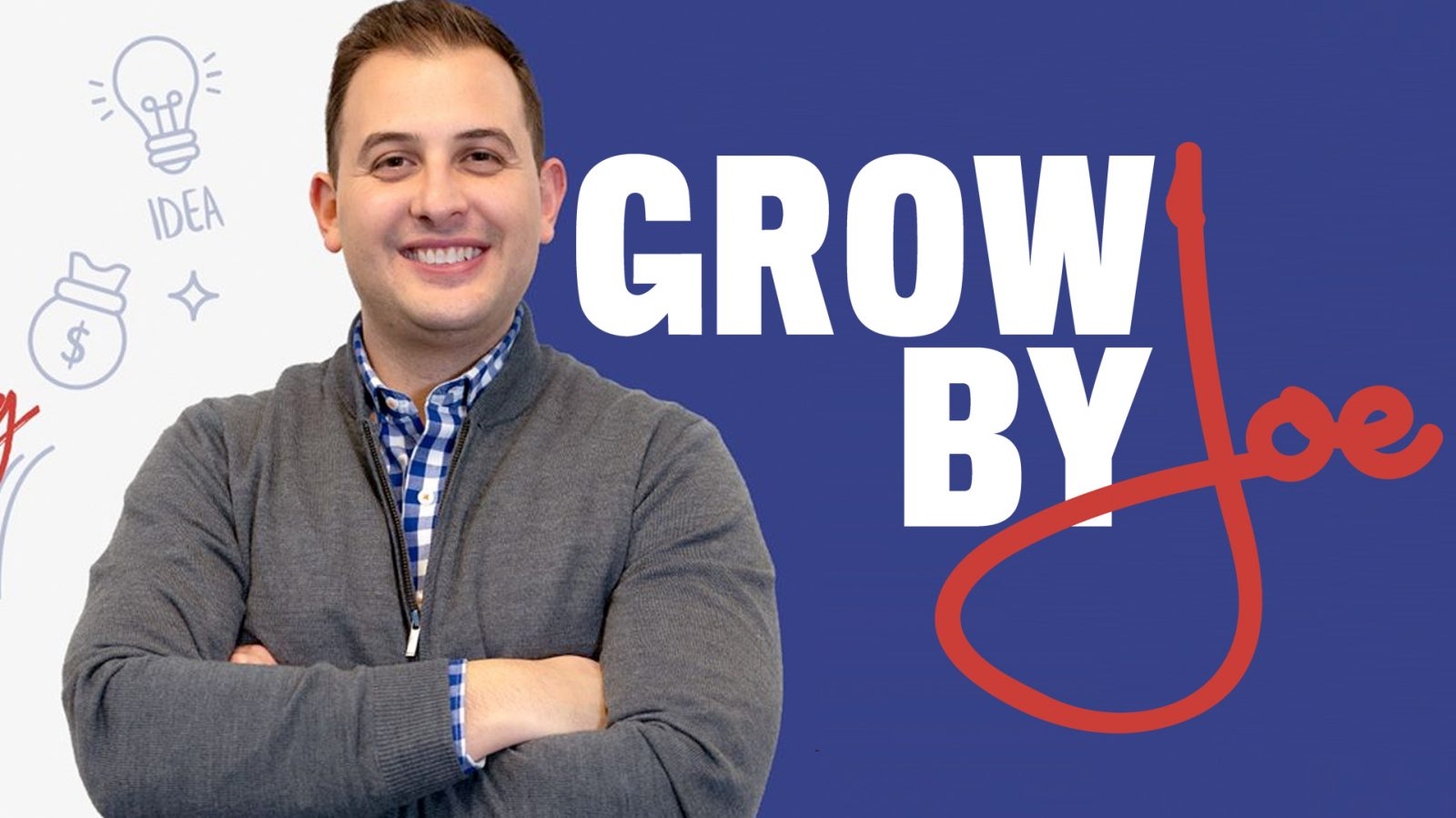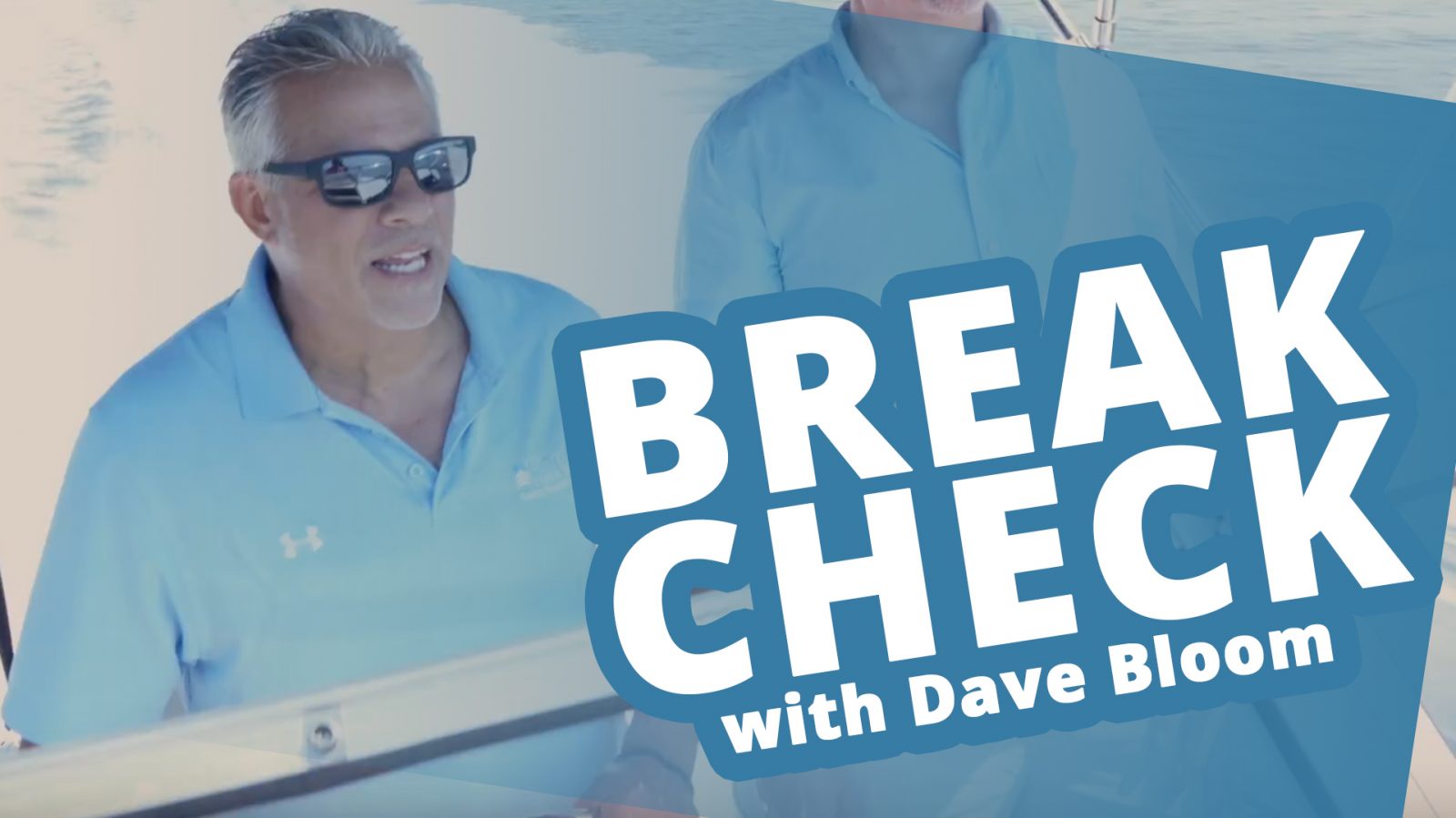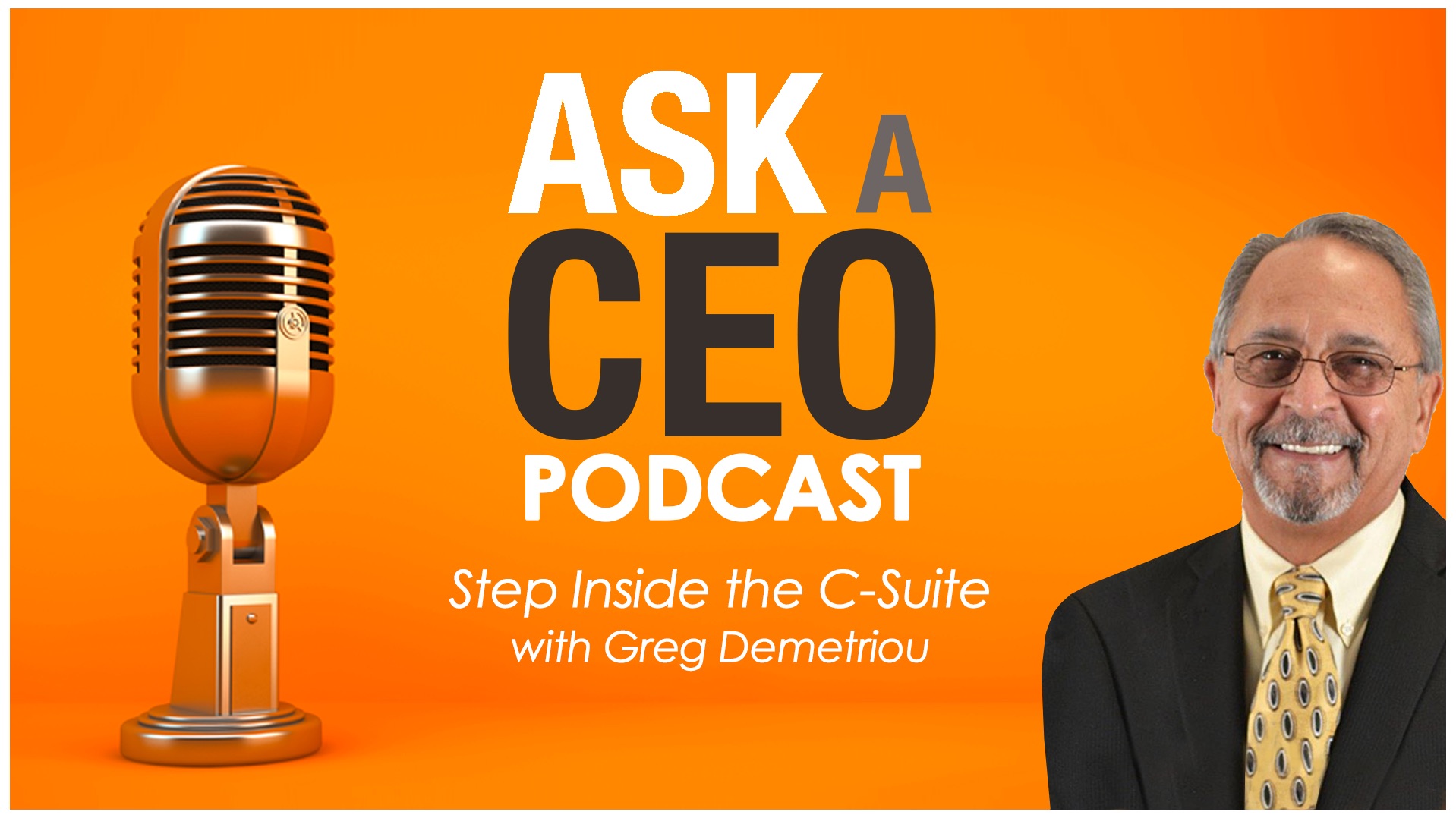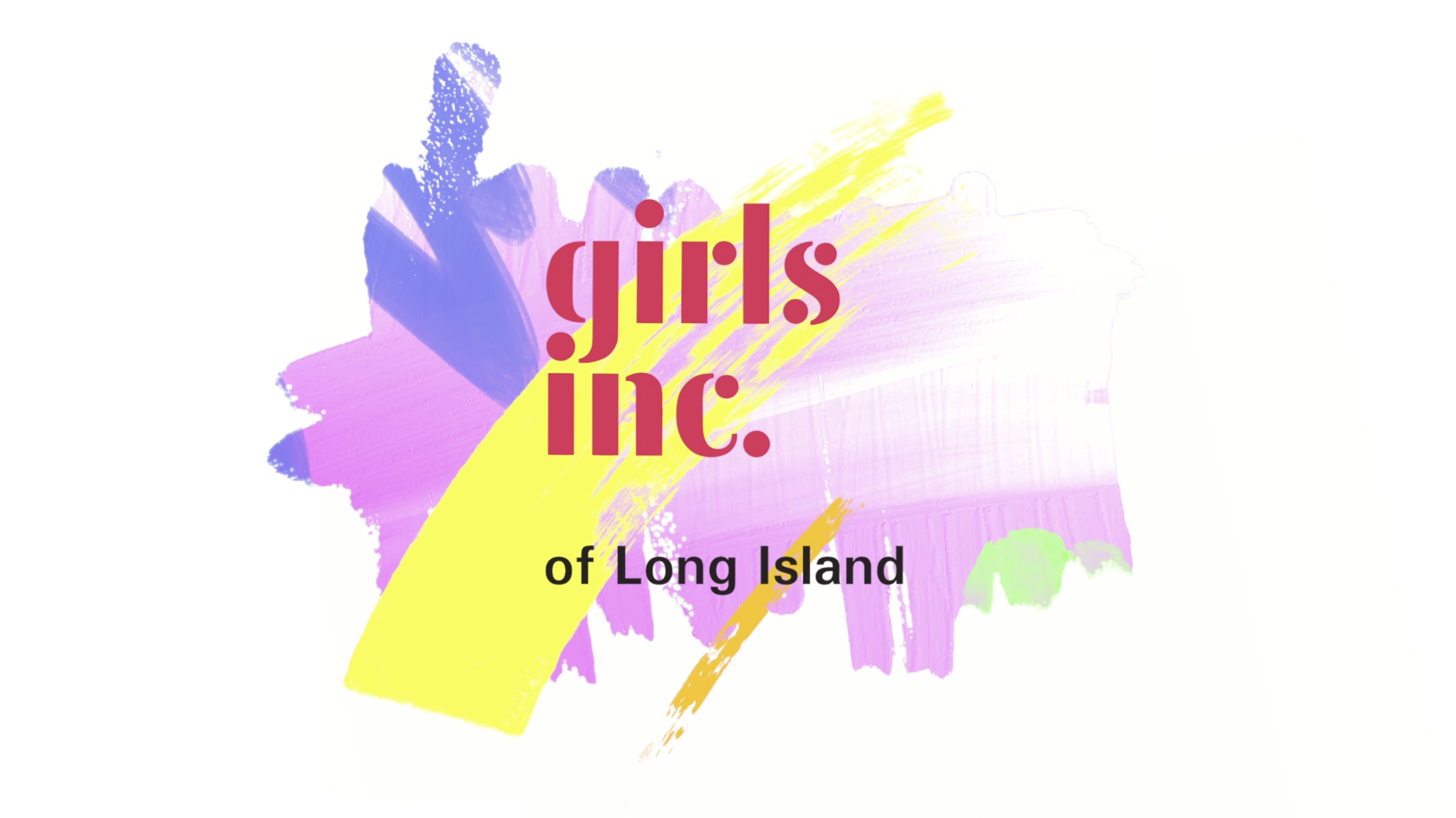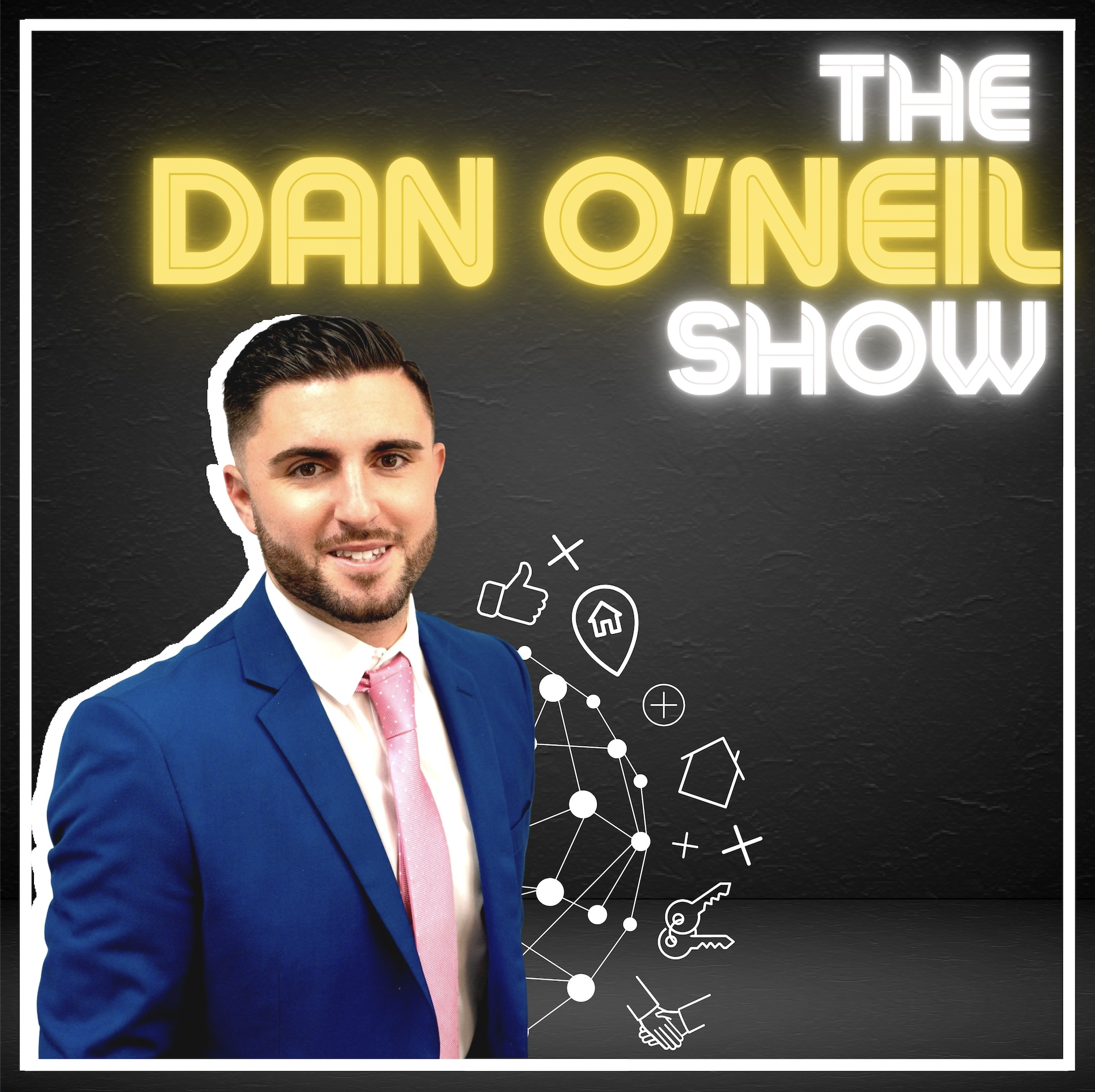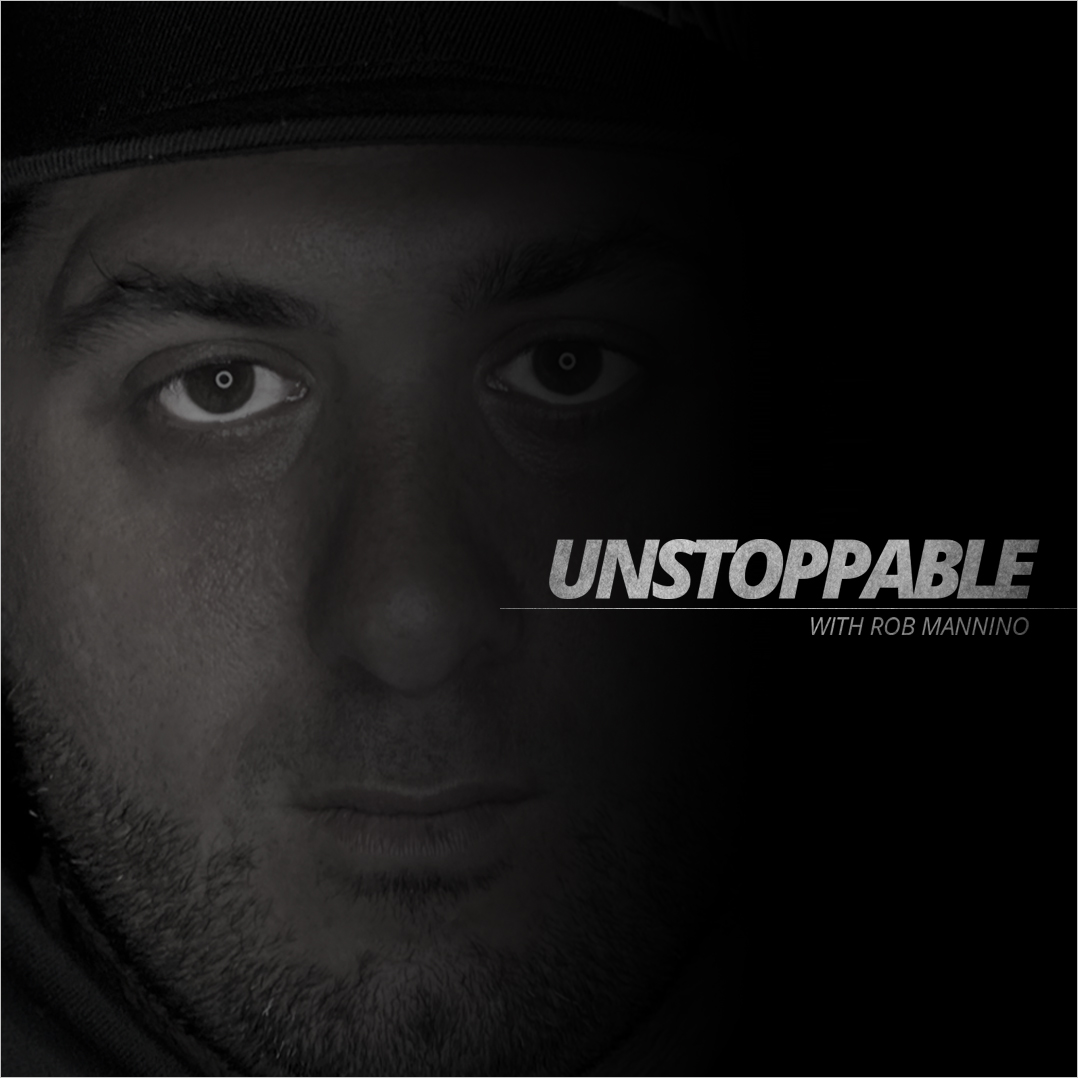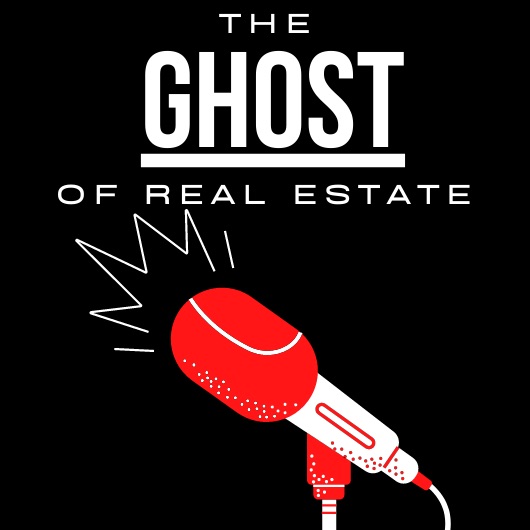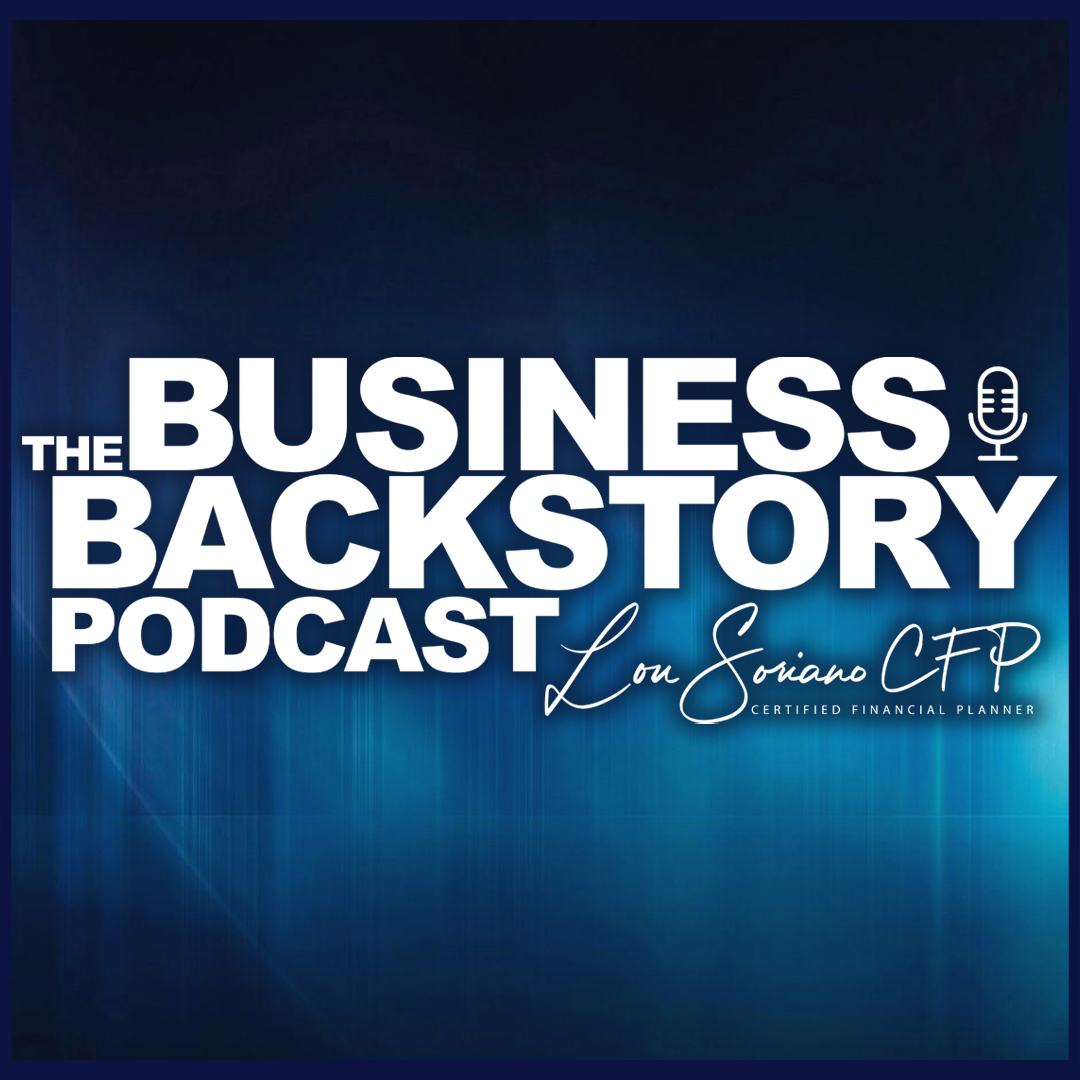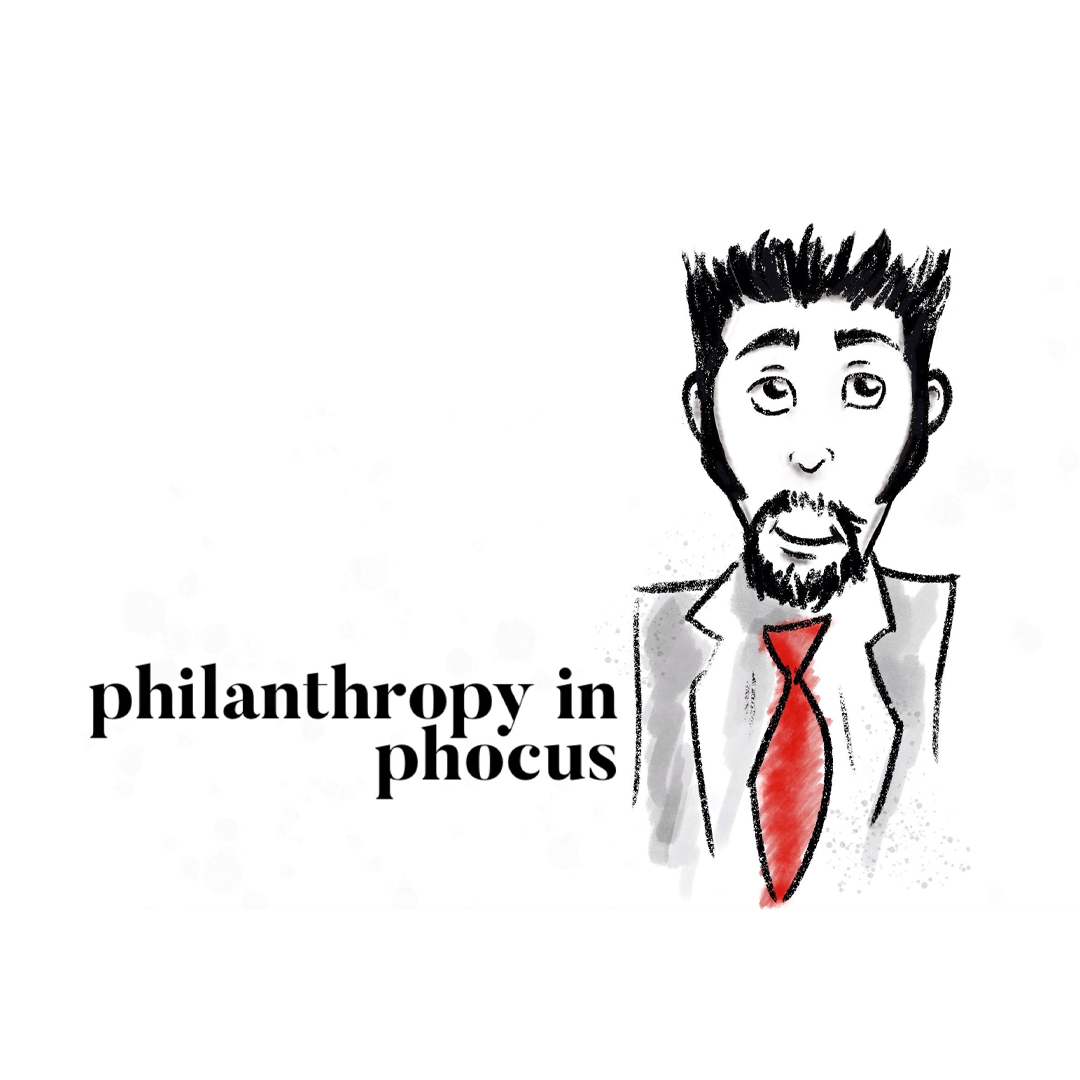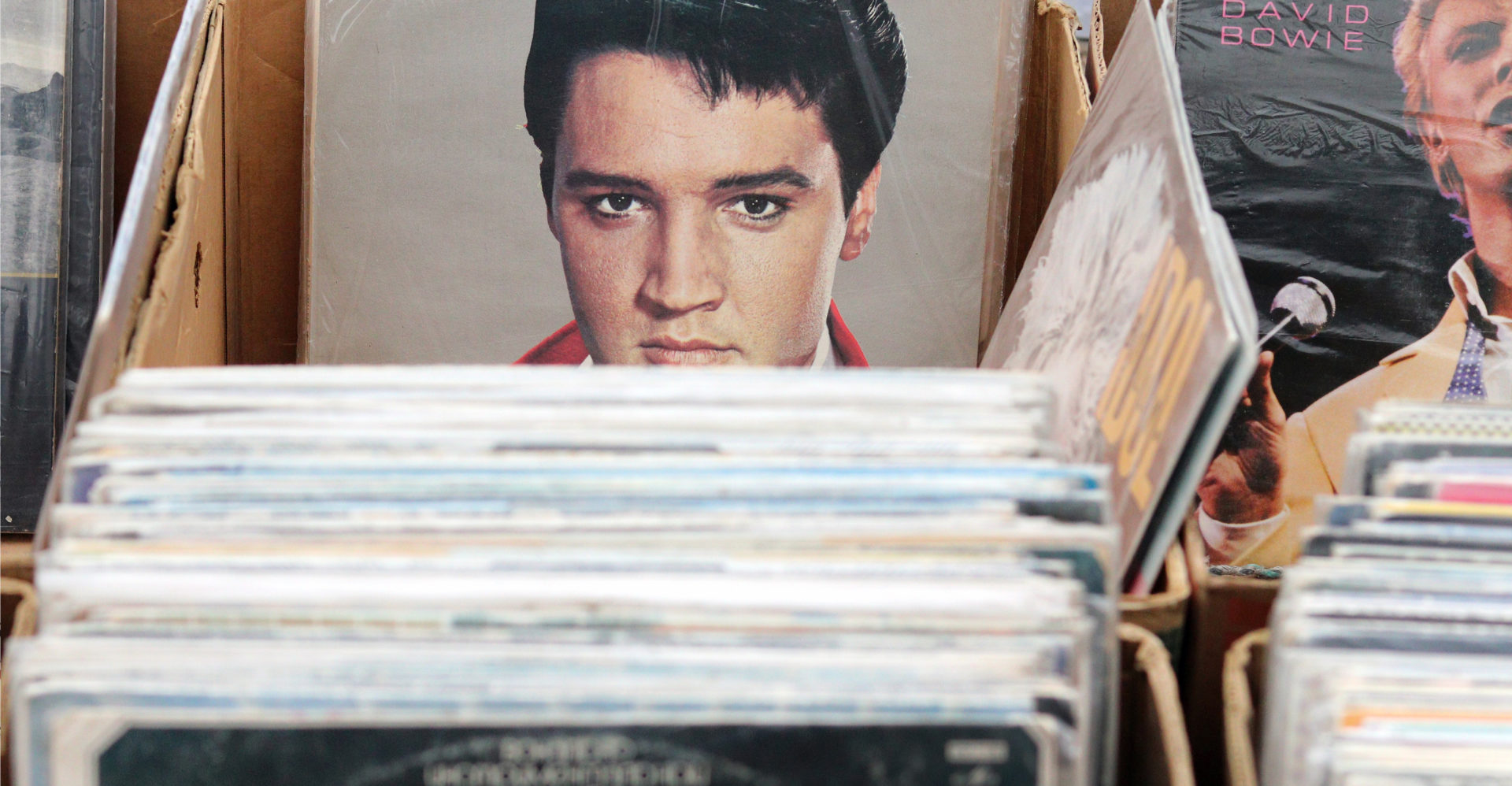
April 2020
5 Min Read
The Politics of Music: Part Three
If you analyze it, it’s almost shocking to see the differences in our culture pre and post 1965, with music being one of the clearest examples. For one thing, everything all of a sudden seemed to get so serious! Rock n’ Roll music now became known as “Rock” music, the masses evidently preferring to place the emphasis on the heaviness of the art form from then on. First name singing duos in the more light-hearted pre-65 era such as, Jan and Dean, Peter and Gordon, Paul and Paula, Chad and Jeremy, suddenly gave way to the, evidently more solemn-sounding, last name acts such as Simon & Garfunkel, Zager and Evans, Boyce and Hart, etc. Music critics started writing more and more about Rock music, as that form gained a measure of artistic credibility. Rock music itself was suddenly being written about with a depth of analysis that would have seemed silly just a few years prior.
According to Rock Criticism on britannica.com, “Rock criticism was born at that moment in the mid-1960s when rock and roll ceased to be “mere” dance music for teenagers and acquired a sense of itself as art. In the wake of Bob Dylan, bands such as the Beatles and the Byrds began to write lyrics susceptible to exegesis. Founded in 1966 by editor Paul Williams, Crawdaddy! was the first magazine devoted to the notion of rock as the crucial aesthetic medium through which the emergent counterculture articulated its dreams and aspirations. A year later a 21-year-old entrepreneur, Jann Wenner, started Rolling Stone in the hippie capital, San Francisco, California. Both magazines treated rock singers such as Jim Morrison and John Lennon as seers and sages with an oracular power to capture the zeitgeist in their songwriting.”
First with their records and performances and now with a new industry-specific media fawning over every verbal dropping, this was the genesis of left-leaning musicians voicing the sociopolitical views and often doing so in a sententious, self-righteous and self-important way guaranteed to annoy anyone with a differing view or anyone being of the belief that entertainers should entertain and keep their socio-politics to themselves.
One of the differences between the stars of pre and post 65 centers in the idea of whether or not they had something meaningful to say and whether or not anyone wanted to hear it. The biggest pre 65 star was probably Elvis Presley. But can anyone remember him expressing any social or political opinions? Taking it a step further, can you imagine anyone at the time actually caring much about those opinions? Not really. Fans of the day took these artists at face value, enjoying them, even emulating them, at least superficially. But they really didn’t care much about scratching the surface. This, as opposed to, say John Lennon a decade later, who, when unmuzzled from his Beatle image was as socio-politically verbose, controversial and opinionated as anyone, often getting himself into hot water as a result. The difference, post 65, though was that people actually cared about his views and actively sought to both solicit and read his opinions as though he was some sort of generational avatar.
This sort of behavior naturally calls into question … just because these people have musical talent and are famous, does that automatically mean that they have something of value to say? Further, does this qualify them to make highly publicized commentary that has the potential to influence the beliefs and even actions of so many? Probably not, but we have to acknowledge that they do at least have the right to do so, if not necessarily the wisdom. Fortunately, Lennon’s primary message was a simplistic and benign one of peace and anti-war sentiments. In fact, his message was so simplistic that it betrayed his lack of any depth of knowledge about the background of the Vietnam War or the reasons it persisted; Lennon was never one for details. During the very few times the Beatles actually made any commentary about the war, the remarks were so childlike, it’s hard to imagine them not being embarrassed by saying such things as ‘yeah, war is bad, man’.
The reality was that these post 65 stars, for the most part were no more intelligent or well informed than their pre 65 counterparts. The difference was that they had an audience to hear what they were saying in addition to what they were singing. For America, the 60’s were a time of war, both abroad and at home and the merger of Rock and Roll and Folk, as well as the ascension of Motown’s music served as a center piece of the anti-establishment movement. The constant drumbeat of conflict had an incalculable effect on the musicians of the day.
The two primary conflicts of the era, race relations and the Vietnam War drove popular musical creativity for the last half of the 60’s and deep into the 70’s. Just as what we now know as “the 60’s” didn’t really seem to begin until mid-way through the decade, it also didn’t really seem to end until mid-way though the following decade with the slight quelling of racial tensions, the tragic and humiliating end of the war, Watergate and the first American President ever to resign office.
This socially conscious, liberal-minded popular music that had its’ genesis in the mid-60’s became a template. Eventually, the environment replaced Vietnam as a focus of popular music’s subject matter. From that point on, supposedly enlightened musicians decided that their artistic gravitas informed an ability to pontificate on such esoteric subjects as nuclear power and global warming.
This was the beginning of popular and Rock musicians injecting their beliefs, right or wrong, informed or uninformed into their product and the beginning of we, as fans being forced to listen to, if not absorb it as a condition of remaining fans. Artists as diverse as Bruce Springsteen, Barbara Streisand, Roger Waters and Katy Perry continually subject their audiences to their beliefs as well as their artistry and from 1965 on, these leanings were almost exclusively on the left side of the sociopolitical spectrum.
But a curious thing occurred in the early 1980’s. It can, at least be argued that the dominance of liberal sentiment in the music industry existed unchecked until 1982 when another titan, Michael Jackson, disrupted the status quo by releasing Thriller, an album that had a massive cultural impact that echoed for years. While Jackson and Thriller had no overt sociopolitical messages either way, that lack of any messages and the proffering of music for music’s sake only with no agenda, other than to entertain seemed to revert and harken back to the 50’s era mentality. Jackson’s aligning himself at the time with Nancy Reagan and similar charitable causes only furthered this idea of swinging back the pendulum the other way. Thinking about it in that way is particularly interesting when you consider that Jackson as an artist and as a person of color, was able to single-handedly alter this mentality whether he intended to or not. From that moment, there seemed to be a counterweight forming that included, possibly the only form of popular music to align itself with primarily conservative views … country music or, more specifically popular country music.
Popular music in general continues to evolve, but the hope that such music will be used exclusively to entertain and not to instruct, influence or worse, re-educate is long gone and the genie is out of the bottle. So, if we’re forced to listen because we like the performer in question too much, it’s incumbent upon us to discern for ourselves whether the lessons are worth learning.






